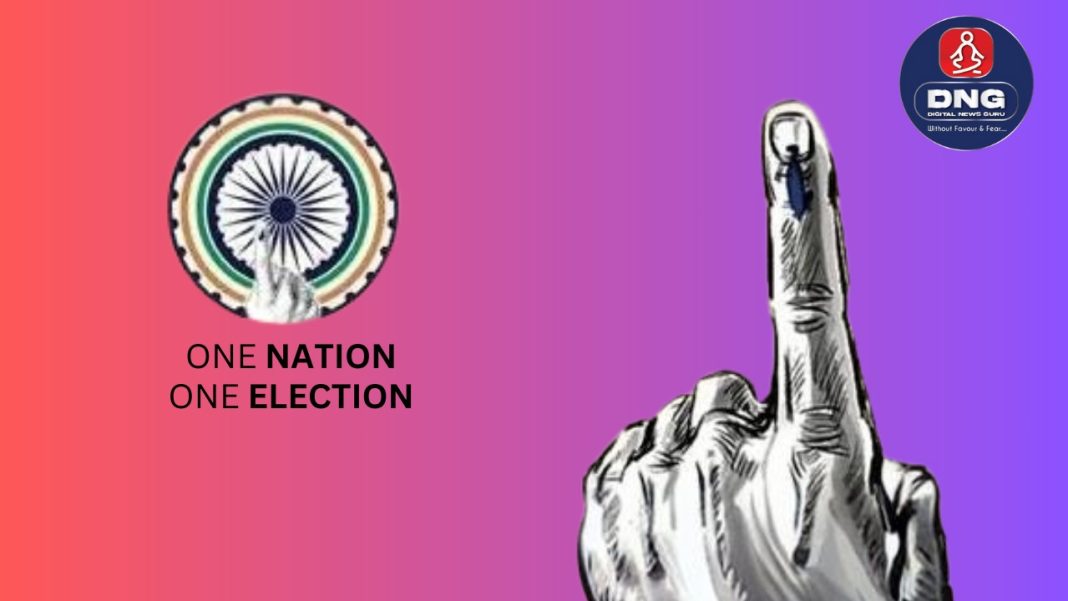DIGITAL NEWS GURU DELHI DESK:
One Nation, One Election: What is it and Its Implications?
The concept of “One Nation, One Election” (ONOE) has emerged as a significant topic in Indian political discourse, particularly under the leadership of Prime Minister Narendra Modi. This proposal advocates for conducting simultaneous elections for the Lok Sabha (the lower house of Parliament) and all state legislative assemblies, aiming to streamline the electoral process, reduce costs, and ensure greater stability in governance.
While the idea has garnered considerable support, it also faces significant challenges and criticisms. This article delves into the intricacies of ONOE, examining its potential impact on India’s democratic structure.
What is “One Nation, One Election”?
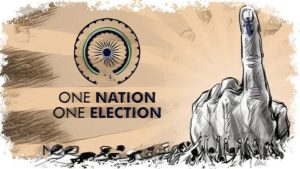
“One Nation, One Election” refers to the idea of synchronizing the election cycles of the Lok Sabha and state legislative assemblies, so that voters across India cast their votes for both in a single, unified electoral process.
Currently, elections in India are staggered, with different states going to the polls at different times, leading to a continuous cycle of elections. ONOE proposes that both national and state elections be held simultaneously, either on a single day or within a close timeframe.
The Rationale Behind the Proposal

The primary argument in favor of ONOE is the potential for cost savings and administrative efficiency. Elections in India are a massive logistical exercise, involving millions of voters, thousands of polling stations, and extensive security arrangements. Conducting elections simultaneously could significantly reduce the costs associated with repeated mobilizations of resources, personnel, and security forces.
Another rationale is the potential for better governance. With elections happening continuously across the country, governments at both the state and national levels are often in perpetual campaign mode. This can lead to populist measures and short-term policy decisions aimed at securing electoral gains, rather than focusing on long-term development. Proponents of ONOE argue that synchronizing elections would reduce the frequency of these distractions, allowing governments to focus more on governance.
The Historical Context

The idea of simultaneous elections is not new. India conducted simultaneous elections for the Lok Sabha and state assemblies in 1952, 1957, 1962, and 1967. However, the cycle was disrupted in 1968-69 when some state assemblies were dissolved prematurely. Since then, elections have been held at different times across various states, leading to the staggered electoral cycle that exists today.
The idea of returning to simultaneous elections was revisited by the Law Commission of India in its 170th report in 1999, and again in its 255th report in 2015. Both reports acknowledged the benefits of simultaneous elections but also highlighted the significant constitutional and logistical challenges involved in implementing such a system.
The Constitutional and Legal Challenges
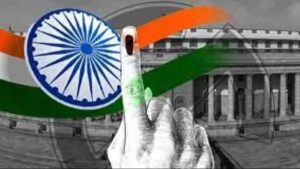
Implementing ONOE would require significant amendments to the Indian Constitution and various legal frameworks. The key challenge lies in aligning the electoral cycles of the Lok Sabha and the state assemblies. Article 83 of the Constitution specifies that the Lok Sabha has a term of five years from its first sitting, unless dissolved sooner. Similarly, Article 172 provides that every state assembly has a five-year term unless dissolved earlier.
To implement ONOE, either the terms of some state assemblies would need to be shortened, or extended, to bring them in sync with the Lok Sabha’s term. This would require amending the Constitution, which involves a complex legislative process and the need for broad political consensus.
Moreover, the Representation of the People Act, 1951, which governs the conduct of elections in India, would also need to be amended to establish a uniform election schedule across the country. These changes would require the cooperation of both the central and state governments, making the process politically challenging.
Political Implications and Concerns
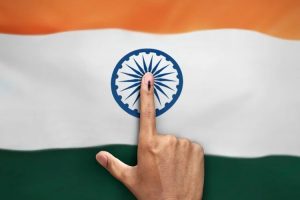
While ONOE has been supported by the ruling Bharatiya Janata Party (BJP) and several other parties, it has also faced significant opposition. Critics argue that simultaneous elections could undermine the federal structure of India by reducing the autonomy of state governments. They contend that national issues could overshadow regional concerns during a combined election, potentially disadvantaging regional parties and reducing the diversity of political representation.
Another concern is the potential for a “wave” effect, where the outcome of one election (such as the Lok Sabha) influences the other (state assemblies). Critics worry that this could lead to a concentration of power in the hands of the central government and the ruling party, undermining the democratic principle of independent state governance.
Furthermore, the logistical challenges of conducting simultaneous elections across a vast and diverse country like India cannot be underestimated. Ensuring voter access, managing security, and preventing electoral malpractices would require an unprecedented level of coordination and resources.
The Road Ahead
Given the significant legal, logistical, and political challenges, the implementation of ONOE would likely require a phased approach. Some experts suggest beginning with a few states whose electoral cycles are already closely aligned, as a pilot project. This could provide valuable insights into the feasibility and impact of simultaneous elections on a larger scale.
In the meantime, the debate over ONOE is likely to continue, with both supporters and detractors presenting compelling arguments. The ultimate success of ONOE, if implemented, will depend on the ability to address the constitutional and logistical hurdles while ensuring that the federal structure and diversity of India’s political landscape are preserved.
Conclusion
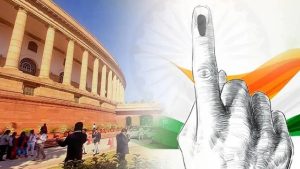
“One Nation, One Election” is a bold and ambitious proposal that seeks to transform the way elections are conducted in India. While it promises several potential benefits, including cost savings and governance stability, it also raises significant concerns regarding its impact on federalism, political representation, and electoral logistics. As the debate continues, it remains to be seen whether ONOE will become a reality in the future, and if so, how it will reshape the Indian democratic process.
The discussions surrounding ONOE will play a crucial role in determining the future of Indian democracy, balancing the need for electoral efficiency with the preservation of India’s rich political diversity.
YOU MAY ALSO READ: Northern Railways Promotes Olympian Aman Sehrawat to Officer on Special Duty After Paris 2024 Bronze.



